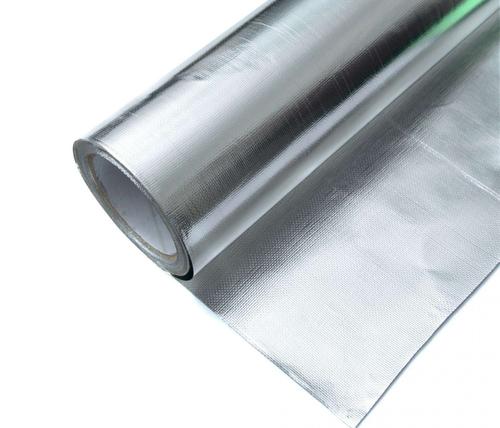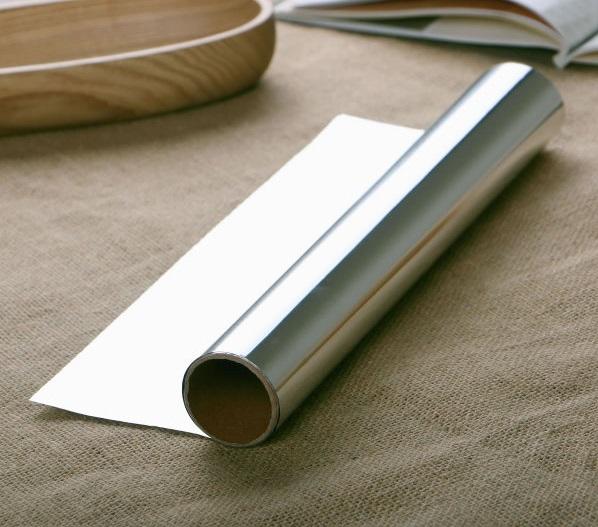Aluminum foil is a versatile kitchen tool used for various cooking purposes, from wrapping food to lining baking trays. However, one common question that arises when using aluminum foil is which side should be facing up during cooking. While both sides of aluminum foil may look similar, there’s a common belief that one side is more suitable for certain cooking tasks than the other. Let’s explore the debate and find out if there’s a definitive answer.
Shiny Side Up or Down?
Many people believe that the shiny side of aluminum foil should be facing up when cooking, while others argue that it doesn’t matter which side is up. The rationale behind placing the shiny side up is that it reflects more heat, helping to cook the food more evenly and quickly. On the other hand, some believe that the dull side should face up because it absorbs more heat, preventing overcooking or burning of the food.

The Truth About Aluminum Foil
Contrary to popular belief, both sides of aluminum foil are essentially the same in terms of functionality. Aluminum foil is manufactured by rolling aluminum ingots into thin sheets, and during this process, the foil passes through rollers that produce a shiny side and a dull side. However, this difference in appearance is merely a result of the manufacturing process and has no significant impact on cooking performance.
Does It Really Matter?
In reality, whether you place the shiny side up or down when cooking with aluminum foil is unlikely to make a noticeable difference in the outcome of your dish. Aluminum foil is an excellent conductor of heat, and heat transfer occurs evenly across both sides of the foil. Therefore, the orientation of the foil is unlikely to affect the cooking process significantly.
Tips for Using Aluminum Foil
While the debate over which side of aluminum foil to use may continue, here are some practical tips for using aluminum foil effectively in the kitchen:
1. Ensure Proper Sealing: When wrapping food in aluminum foil, make sure to seal the edges tightly to prevent moisture and heat from escaping.
2. Use for Insulation: Aluminum foil can be used to insulate food and keep it warm for longer periods, making it ideal for picnics or outdoor gatherings.
3. Avoid Contact with Acidic Foods: Avoid using aluminum foil when cooking highly acidic foods, such as tomatoes or citrus fruits, as the acid can react with the foil and affect the taste of the food.

Conclusion
In conclusion, while there may be differing opinions on whether to use the shiny side or dull side of aluminum foil when cooking, the truth is that it doesn’t make a significant difference. Both sides of aluminum foil are equally effective for cooking purposes, and the orientation of the foil is unlikely to affect the outcome of your dish. So, feel free to use aluminum foil with confidence, knowing that it will help you achieve delicious results in the kitchen, regardless of which side is facing up.


